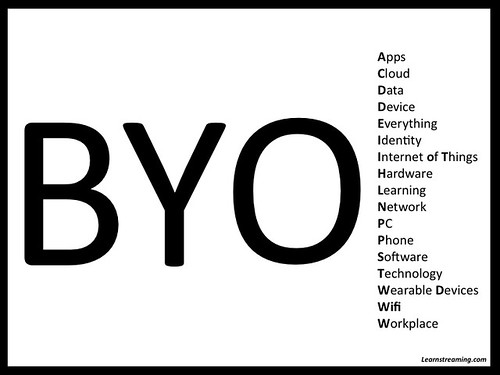 Each year, nearly 20 percent of small businesses stop operating temporarily, and this interruption results in significant revenue loss for 68 percent of owners. Of those, 40 percent will never resume operations, Capstone Technologies reports. As a small business owner, it’s vital you invest in technology that you can rely on. Implement the latest tech solutions that will grow with your company, help you maximize your resources and facilitate a healthy and vibrant business for years to come.
Each year, nearly 20 percent of small businesses stop operating temporarily, and this interruption results in significant revenue loss for 68 percent of owners. Of those, 40 percent will never resume operations, Capstone Technologies reports. As a small business owner, it’s vital you invest in technology that you can rely on. Implement the latest tech solutions that will grow with your company, help you maximize your resources and facilitate a healthy and vibrant business for years to come.
Consult With a Tech Professional
If you can afford it, purchase a technology consultation from a professional who specializes in your field or type of business. Consultant fees are approximately $100 per hour and include an assessment of your company’s needs today and into the future. You can find a referral at Microsoft’s Small Business Specialist Program. Common small business technology decisions you would discuss with a consultant include:
- Hardware processing speed and storage capacity
- Analog and Internet-based telephone systems
- Customer service and professional services software
- An in-house server for website hosting and data storage or outsourced and cloud technology
- Mobile phones and tablets
- A business network
- Wireless Internet service
- Security software
- Bring your own device (BYOD) consultation
- Website design and Internet marketing technology
Internet Access
High-speed Internet service is the most reliable and cost-efficient online access model. Most systems are similar; however, some regions only offer a few options, and a consultant or review website will help you compare. A broadband service is the fastest and includes:
- Fiber optic service (FiOS): the fastest, but has limited availability
- Cable broadband: the next speediest option, but may operate more slowly during peak Internet times, because the connection is shared with other users in your area
- DSL: relatively fast, but slower as the distance from the server increases
In a rural area, you may need to use satellite Internet such as Hughesnet Gen4, or a mobile wireless system such as Clear.
Computer Hardware
A basic computer needs approximately 4GB of memory, an 80GB hard drive and a 3GHZ processor. An 18-inch or larger monitor is an inexpensive upgrade that will help employees avoid tired and strained eyes.
Data Storage
Cloud technology for data storage can save your business a lot of trouble in the case of an emergency or server crash. It is safe, easily accessible and inexpensive. Most services allow you to limit access to files and come with sharing options that enable users to edit and replace files. It also tracks user activity for added security. Dropbox has a business version with low fees and graduated data capacity options.
Portable Digital Devices
Smartphones, tablets and laptops are prevalent in today’s business world. You may decide to save money and allow employees to use their own phone or other mobile device, but there are some potential legal ramifications, such as unlawful use with “sexting” and other forms of unsanctioned communication that your company could be liable for. If you do allow BYOD, make sure you establish a firm BYOD policy.
Website with Mobile Options
A high-quality website is a significant investment. It is probably the most important communications and ecommerce tool you have. Hire a professional website development team with a solid reputation. Ask them to explain the features you need and the latest design advancements, including responsive design (design that resizes the site for viewing on mobile devices). Mobile search is growing—Google reports that 67 percent of users search and make purchases from mobile devices.
A basic website can range from $5,000 to $10,000, while a responsive design website can range from $15,000 to $25,000. Responsive features cannot be added to a standard website later, but if you cannot afford a responsive site, you can purchase a mobile website that costs as little as $13 per month. A mobile site is a simplified version of your website with large buttons and fewer columns for the mobile user’s ease of use.
















